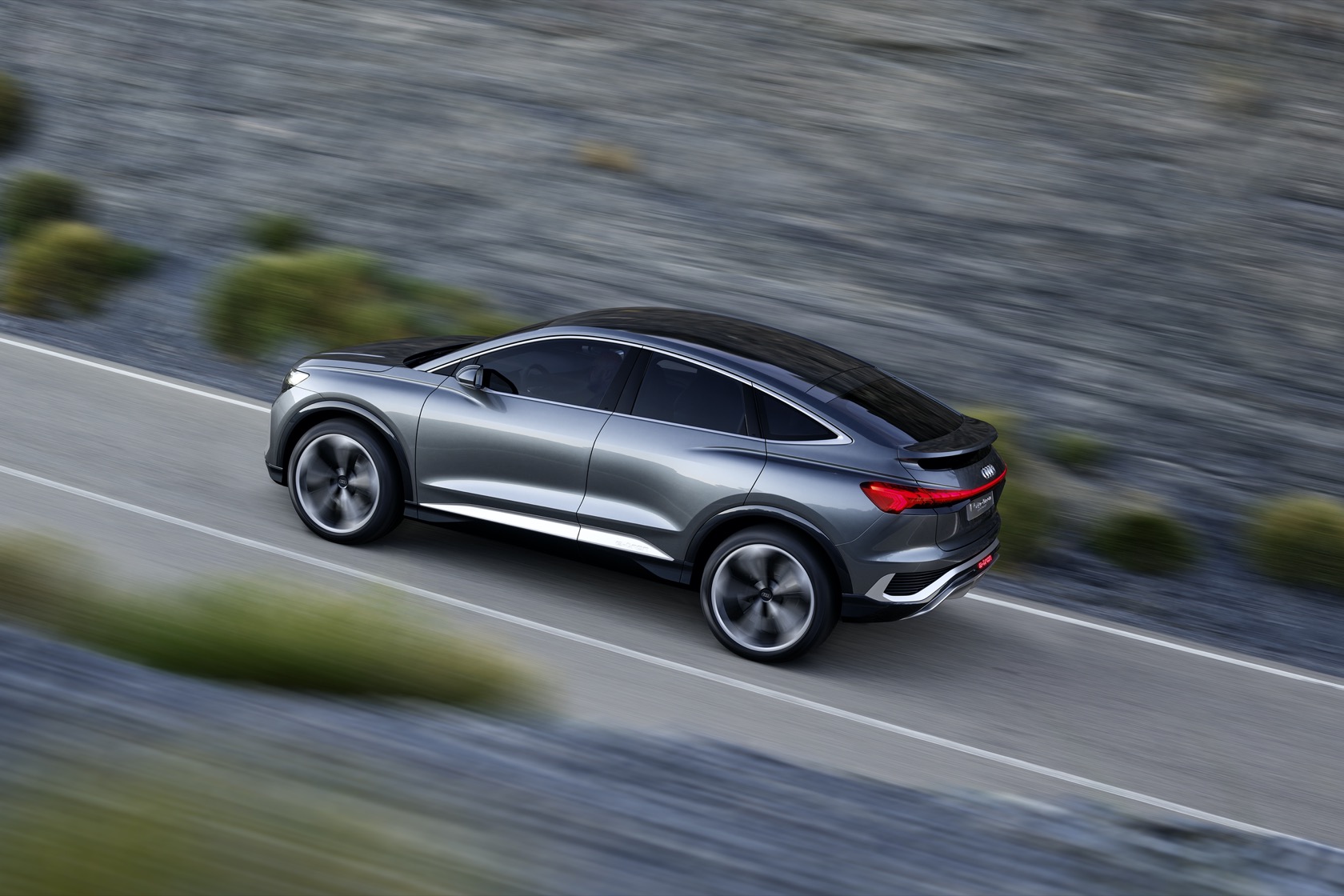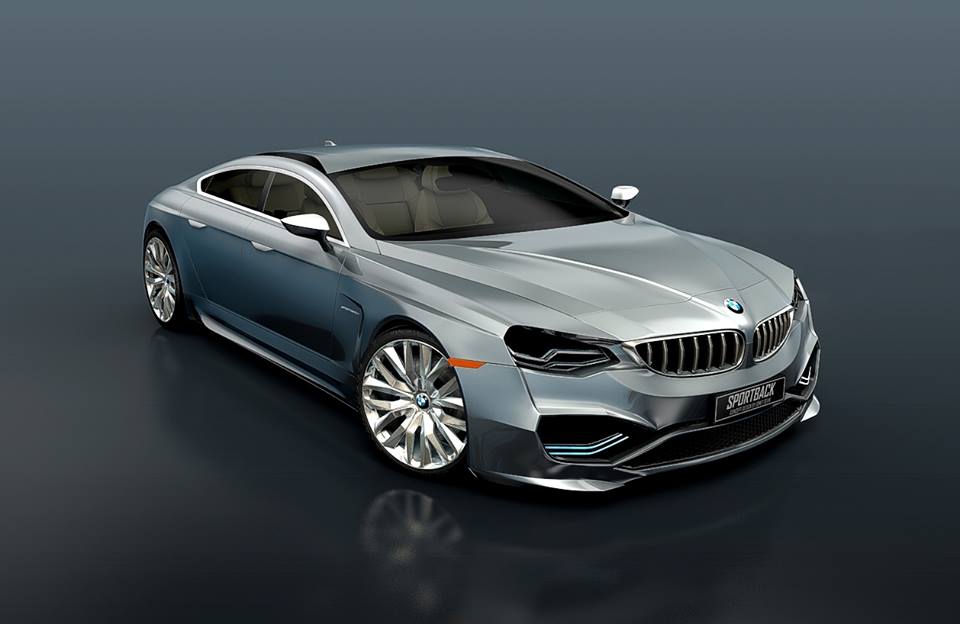The Rise Of The Sportback: A Look At The Evolving Automotive Landscape
The Rise of the Sportback: A Look at the Evolving Automotive Landscape
The Rise of the Sportback: A Look at the Evolving Automotive Landscape

The automotive landscape is constantly in flux, driven by advancements in technology, evolving consumer preferences, and the ever-present need for greater fuel efficiency. Amidst this dynamic environment, a specific body style has emerged as a popular choice: the sportback. Combining the practicality of a hatchback with the sporty aesthetics of a coupe, the sportback has carved its own niche, appealing to a diverse range of drivers seeking a blend of style, functionality, and performance.
The Genesis of the Sportback:
The origins of the sportback can be traced back to the early 20th century, with the emergence of the "fastback" design. This iconic silhouette, characterized by a sloping roofline extending towards the rear, was initially popularized by luxury brands like Ford and Cadillac. However, it wasn’t until the 1980s and 1990s that the term "sportback" gained traction, primarily through its association with Audi’s groundbreaking A5 model.
Audi’s A5 Sportback, launched in 2007, cemented the concept of a sporty hatchback with a distinct coupe-like profile. The car’s success spurred other manufacturers to adopt the sportback design, leading to a surge in its popularity across various segments.
What Makes a Sportback Special?
The appeal of the sportback lies in its ability to seamlessly bridge the gap between practicality and style. It offers the following advantages:
- Enhanced Styling: The sloping roofline and sleek profile instantly elevate the vehicle’s visual appeal, lending it a sporty and dynamic aesthetic.
- Increased Cargo Space: While not as spacious as traditional hatchbacks, sportbacks still offer ample cargo capacity, especially when compared to coupes. The rear seats often fold down, maximizing cargo space for larger items.
- Improved Aerodynamics: The streamlined design contributes to better fuel efficiency and a smoother ride, especially at higher speeds.
- Driving Experience: The lowered roofline and sporty handling characteristics provide a more engaging and enjoyable driving experience.

- Audi A3 Sportback 2.0 Tdi
- The Audi S4 Avant: Where Performance Meets Practicality
- The Audi RS6 Avant: Where Power Meets Practicality
- The Audi A6 B8: A Symphony Of Luxury And Performance
- A Year Of Wheels: A Look Back At 2020 Vehicle Reviews
The Evolution of the Sportback:
The sportback concept has evolved significantly over the years, expanding beyond its initial luxury car origins. Today, it’s a popular design choice across various segments, including:
- Compact Sportbacks: Cars like the Audi A3 Sportback, Volkswagen Golf Sportwagen, and Mercedes-Benz A-Class Sedan offer a blend of practicality and style in a compact package. They are ideal for urban dwellers and families seeking a versatile and efficient vehicle.
- Mid-Size Sportbacks: Models like the Audi A5 Sportback, BMW 4 Series Gran Coupe, and Mercedes-Benz C-Class Sedan provide a more spacious and luxurious experience, catering to drivers who prioritize comfort and performance.
- SUV Sportbacks: The rise of the SUV has led to the emergence of sporty crossover models with sloping rooflines, such as the Audi Q8, BMW X4, and Mercedes-Benz GLC Coupe. These vehicles offer a blend of SUV practicality and coupe-like aesthetics, appealing to drivers seeking a more dynamic driving experience.

The Future of the Sportback:
The sportback design continues to evolve, driven by technological advancements and changing consumer preferences. Here are some key trends shaping the future of the sportback:
- Electrification: Electric vehicles are becoming increasingly popular, and the sportback design is well-suited for this transition. The aerodynamic profile and lower center of gravity enhance efficiency and performance in electric vehicles.
- Autonomous Driving: As autonomous driving technology advances, the sportback design could become even more appealing. The sleek profile and advanced driver-assistance systems would make for a more comfortable and enjoyable autonomous driving experience.
- Customization: The rise of personalization in the automotive industry is leading to more customizable options for sportbacks. From paint colors and trim levels to interior features and technology packages, drivers can tailor their sportbacks to their individual needs and preferences.
Choosing the Right Sportback for You:
With a wide range of options available, choosing the right sportback can be a daunting task. Here are some key considerations:
- Audi A3 Sportback 2.0 Tdi
- The Audi S4 Avant: Where Performance Meets Practicality
- The Audi RS6 Avant: Where Power Meets Practicality
- The Audi A6 B8: A Symphony Of Luxury And Performance
- A Year Of Wheels: A Look Back At 2020 Vehicle Reviews
- Size and Space: Determine your cargo and passenger needs. Compact sportbacks are ideal for urban dwellers, while mid-size and SUV sportbacks offer more space for families and larger items.
- Performance and Handling: Consider your driving style and priorities. Some sportbacks prioritize performance, while others emphasize comfort and fuel efficiency.
- Features and Technology: Evaluate the available features, such as driver-assistance systems, infotainment systems, and safety technologies.
- Budget: Set a realistic budget and research the available options within your price range.
Conclusion:
The sportback design has become a staple in the automotive landscape, offering a unique blend of practicality, style, and performance. Its versatility, coupled with its evolving design and technological advancements, ensures that the sportback will remain a popular choice for drivers seeking a dynamic and engaging driving experience. Whether you’re looking for a compact city car or a luxurious SUV, the sportback has an option to suit your needs and preferences.
sure
Thus, we hope this article has provided valuable insights into The Rise of the Sportback: A Look at the Evolving Automotive Landscape. We appreciate your attention to our article. See you in our next article!
Post a Comment
Post a Comment